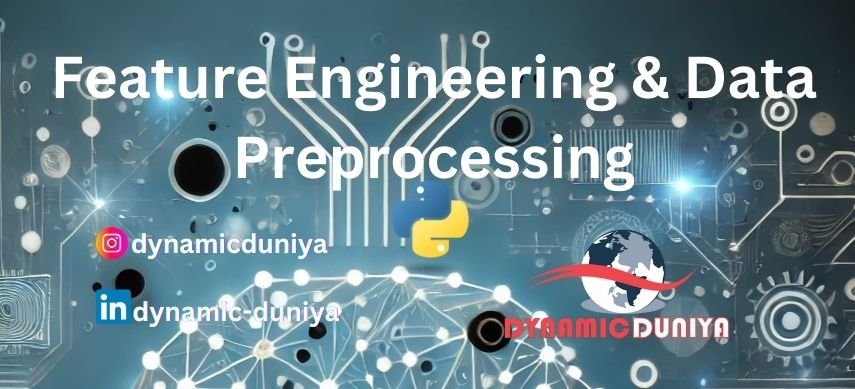- Unsupervised Learning
-
Overview
- Introduction to Unsupervised Learning
- K-Means Clustering Algorithm
- Hierarchical Clustering
- Principal Component Analysis (PCA)
- Autoencoders for Dimensionality Reduction
- Gaussian Mixture Models (GMM)
- Association Rule Learning (Apriori, FP-Growth)
- DBSCAN Clustering Algorithm
- Self-Organizing Maps (SOM)
- Applications of Unsupervised Learning
Introduction to Unsupervised Learning
Add to BookmarkWhat is Unsupervised Learning?
Unsupervised learning is a type of machine learning where the model is trained on unlabeled data. Unlike supervised learning (where inputs are paired with labeled outputs), unsupervised learning algorithms try to find patterns, relationships, or structures in data without any explicit guidance.
Key Characteristics:
- No labeled responses or outputs
- Algorithms explore the data's internal structure
- Often used for clustering, association, and dimensionality reduction
Why Use Unsupervised Learning?
Real-world data is often unlabeled, and labeling it can be costly, time-consuming, or even impossible. Unsupervised learning allows you to:
- Explore large datasets automatically
- Group similar data points (clustering)
- Reduce the number of features (dimensionality reduction)
- Discover hidden structures or relationships
- Detect anomalies or outliers
Common Techniques in Unsupervised Learning
| Technique | Purpose |
|---|---|
| Clustering | Group similar data (e.g., K-Means, DBSCAN) |
| Dimensionality Reduction | Reduce data size while preserving structure (e.g., PCA, Autoencoders) |
| Association Rule Learning | Discover rules among items (e.g., Apriori, FP-Growth) |
| Density Estimation | Estimate data distribution (e.g., GMM) |
| Neural Mapping Techniques | Represent high-dimensional data (e.g., SOMs) |
Real-World Applications
Unsupervised learning is used in many fields:
- Customer Segmentation: Group customers based on behavior or demographics
- Anomaly Detection: Identify fraud or defects in manufacturing
- Market Basket Analysis: Understand what products are bought together
- Genomics and Bioinformatics: Cluster genes with similar expression
- Search Engines: Categorize search results by topics
- Recommender Systems: Discover hidden preferences from usage patterns
Challenges of Unsupervised Learning
- No clear metrics to evaluate performance
- Hard to interpret clusters or components
- Sensitive to feature scaling and hyperparameters
- Requires domain knowledge to validate results
Prepare for Interview
- JavaScript Interview Questions for 5+ Years Experience
- JavaScript Interview Questions for 2–5 Years Experience
- JavaScript Interview Questions for 1–2 Years Experience
- JavaScript Interview Questions for 0–1 Year Experience
- JavaScript Interview Questions For Fresher
- SQL Interview Questions for 5+ Years Experience
- SQL Interview Questions for 2–5 Years Experience
- SQL Interview Questions for 1–2 Years Experience
- SQL Interview Questions for 0–1 Year Experience
- SQL Interview Questions for Freshers
- Design Patterns in Python
- Dynamic Programming and Recursion in Python
- Trees and Graphs in Python
- Linked Lists, Stacks, and Queues in Python
- Sorting and Searching in Python
Random Blogs
- Datasets for Exploratory Data Analysis for Beginners
- The Beginner’s Guide to Normalization and Denormalization in Databases
- Store Data Into CSV File Using Python Tkinter GUI Library
- Career Guide: Natural Language Processing (NLP)
- String Operations in Python
- What is YII? and How to Install it?
- How to Start Your Career as a DevOps Engineer
- Navigating AI Careers in 2025: Data Science, Machine Learning, Deep Learning, and More
- Why to learn Digital Marketing?
- Downlaod Youtube Video in Any Format Using Python Pytube Library
- Datasets for Natural Language Processing
- Top 10 Blogs of Digital Marketing you Must Follow
- How to Install Tableau and Power BI on Ubuntu Using VirtualBox
- Google’s Core Update in May 2020: What You Need to Know
- Ideas for Content of Every niche on Reader’s Demand during COVID-19
Datasets for Machine Learning
- Awesome-ChatGPT-Prompts
- Amazon Product Reviews Dataset
- Ozone Level Detection Dataset
- Bank Transaction Fraud Detection
- YouTube Trending Video Dataset (updated daily)
- Covid-19 Case Surveillance Public Use Dataset
- US Election 2020
- Forest Fires Dataset
- Mobile Robots Dataset
- Safety Helmet Detection
- All Space Missions from 1957
- OSIC Pulmonary Fibrosis Progression Dataset
- Wine Quality Dataset
- Google Audio Dataset
- Iris flower dataset


